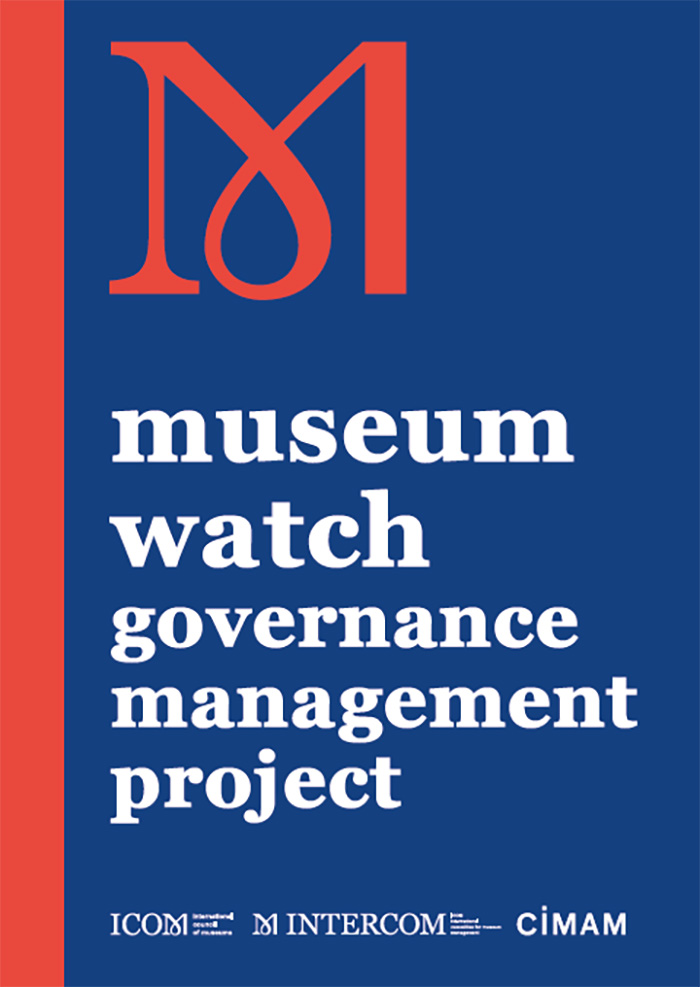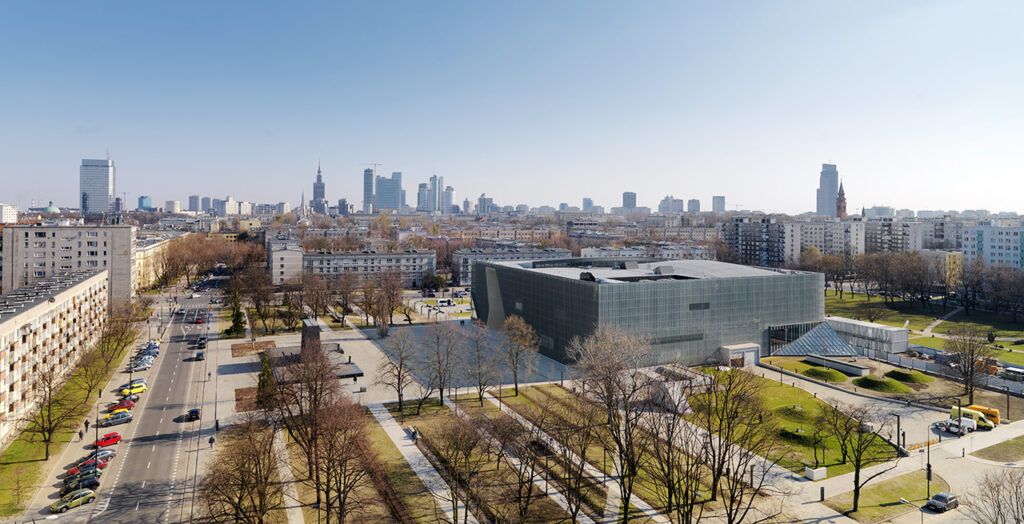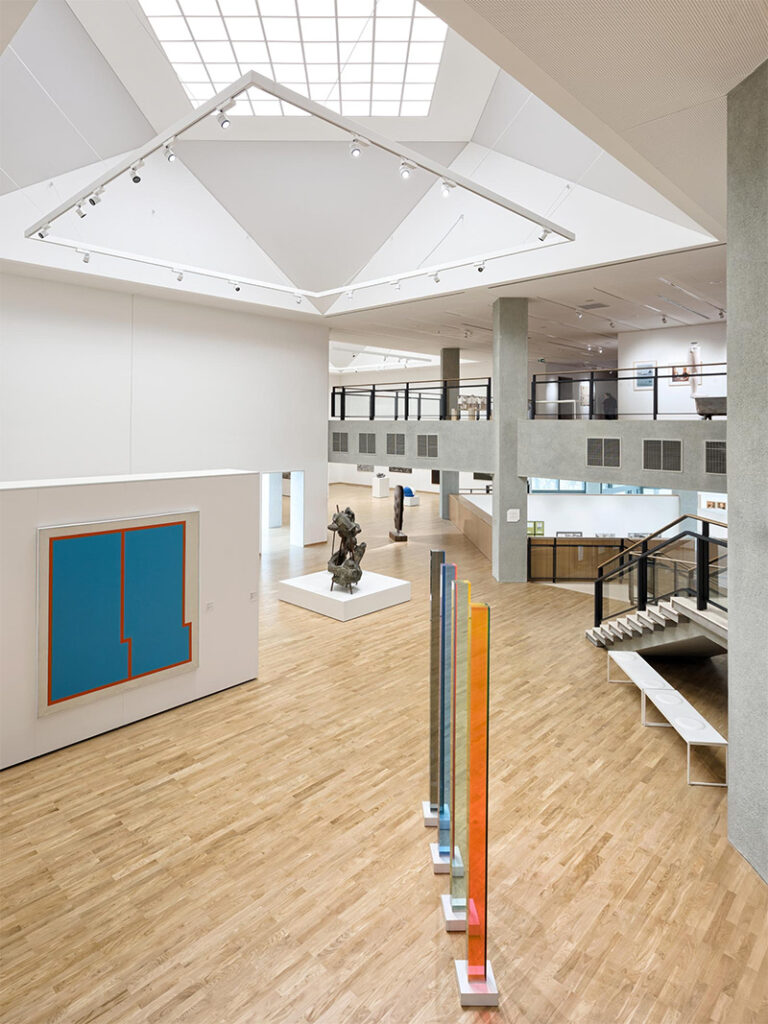Good museum governance means all the difference between an institution that thrives and one that merely survives. And it was governance that was most recently tested over the COVID outbreak in 2020, which emptied museums, impacted staffing, disrupted programs, and devastated finances. For the International Committee of Museum Management (INTERCOM), the pandemic served as a bellwether of how cultural organizations are, quite frankly, “unprepared for crisis,” says Goranka Horjan, President of INTERCOM.
Fact is, museums across the world today face difficulties beyond lockdowns. External factors ranging from war to state interference to climate change are compounded with internal challenges such as the lack of risk management. At a moment when effective governance is all the more vital for institutions to build resilience, the absence of a universal or shared code of governance, too, leaves a vacuum where best practices should be.

The first study from the Museum Watch Governance Management Project makes the case for a shared code of governance. Image: CIMAM
Which is what spurred the Museum Watch Governance Management Project, a joint venture by INTERCOM and the Museum Watch Committee of the International Committee of Museums and Collections of Modern Art (CIMAM). Unveiled in May, the initiative’s first study makes the case for an explicit code of governance in order that museums can better respond to external and internal stresses, while highlighting critical considerations and challenges along the way.
The report further homes in on institutions in South-East and Central Europe, conducting surveys and focus groups to better tease out sensible and ethical principles for how these local and regional museums can best meet their missions amid their particular political and social environments. As its authors Ian King and Annick Schramme emphasize, “A proper response to the socioeconomic challenges is directly connected with good governance and management practices.”
This effort marks but the first phase of INTERCOM and CIMAM’s partnership, one that is aimed toward a finer view on museum leadership. “[The project’s] continuation may be a clarified international consensus on some principles of governance and the relationship between authorities and management,” says Bart De Baere, Board Member of CIMAM and President of the Museum Watch Committee, “that may become a reference for future cases of crises.” Below, Horjan and De Baere elaborate on this shared mission.
Could you better characterize the crises that museums might face today, particularly in South-East and Central Europe?
Horjan: Even before global crises, which piled one above the other in the last two years especially, museums were facing difficulties directly connected with poor risk-management practice and an unpreparedness in meeting huge challenges. In South-East, East, and Central Europe, the pandemic was followed by earthquakes, economic crises, and recently the war in Ukraine, with an increased impact on the whole region. Plus, some radical changes in how authorities started to interfere in institutions, in particular on the management level. Many museums in the South-East, East, and Central Europe have been on the verge of survival, and cannot afford additional neglect and lack of support. They ask for proper leadership and professional standards.

The study found that museums in South-East and Central Europe are frequently regarded as “political institutions” (particularly historical museums) and are thus more vulnerable to state interference. Image: Museum of the History of Polish Jews
What surprised you the most about findings from this study, in speaking with practitioners in South-East and Central Europe?
De Baere: For me, it was the possibility of the board as a body that mediates the political power between the authorities and the institution. At the same time we notice how fractured, uneven, and undetermined the set up of these boards most often are. Boards may be an important aspect in the sustainability of museums, but their functioning doesn’t get enough critical attention. Why don’t we find a better way to involve stakeholders — the very diverse people in our society who are committed to the museum?

“Introducing a governance code based on museum ethics should create greater confidence for cross-museum cooperation and coordination,” says Horjan. Image: Museum of Contemporary Art in Belgrade
Could you also speak to the shared code of governance or ethics, which the study highlights?
Horjan: For stakeholder management, it is vital to have a code of practice based on professionalism and ethics to make optimal use of different bodies at the museum as effective means of support instead of being the bodies of control. Introducing a governance code based on museum ethics should create greater confidence for cross-museum cooperation and coordination both at national and international levels. An internationally endorsed set of principles for a governance code is also seen as key to improvement since in a national framework the authorities can easily ignore demands coming from the museum sector.
The study underscores that good governance is more than a set of principles; it’s also a process. How can the international museum community concretely participate in that process?
De Baere: That is a very precise remark you make and it immediately highlights the difference between good principles and real practice. The shared awareness of this is what the international museum community may cultivate. What may be better dialogical checks and balances in these environments that have become increasingly unbalanced and volatile? How do we weave the outcomes of reports like this into specific situations in such a way that they become sustainable? There isn’t a single good approach; solutions are contextual. To start with, we may sharpen our common awareness of external tensions or paradoxes, such as the tendency to feel that politicians should be excluded from governance versus the awareness that it is fundamentally important to have direct contact and be in continuous discussion with those politicians.
How will INTERCOM and CIMAM’s research develop from here?
Horjan: The next stage of the project will target the relationship between two key elements for good management: the first is a stakeholder impact on management and the second is an ethical approach related to institutional integrity. A governance management toolkit will be developed as a critical support tool for museums to conduct monitoring and setting a direction. We have always been aware of the multilayered and entwined aspects of governance. Greater transparency and collaborative practices are crucial for museums as well as for the whole cultural and creative sectors inside which alliances can be made for securing wider support. The final goal is to build stable, efficient, and effective institutions that are run according to ethical principles.



